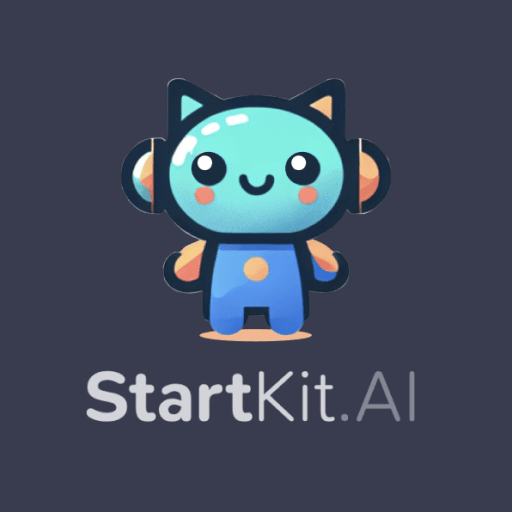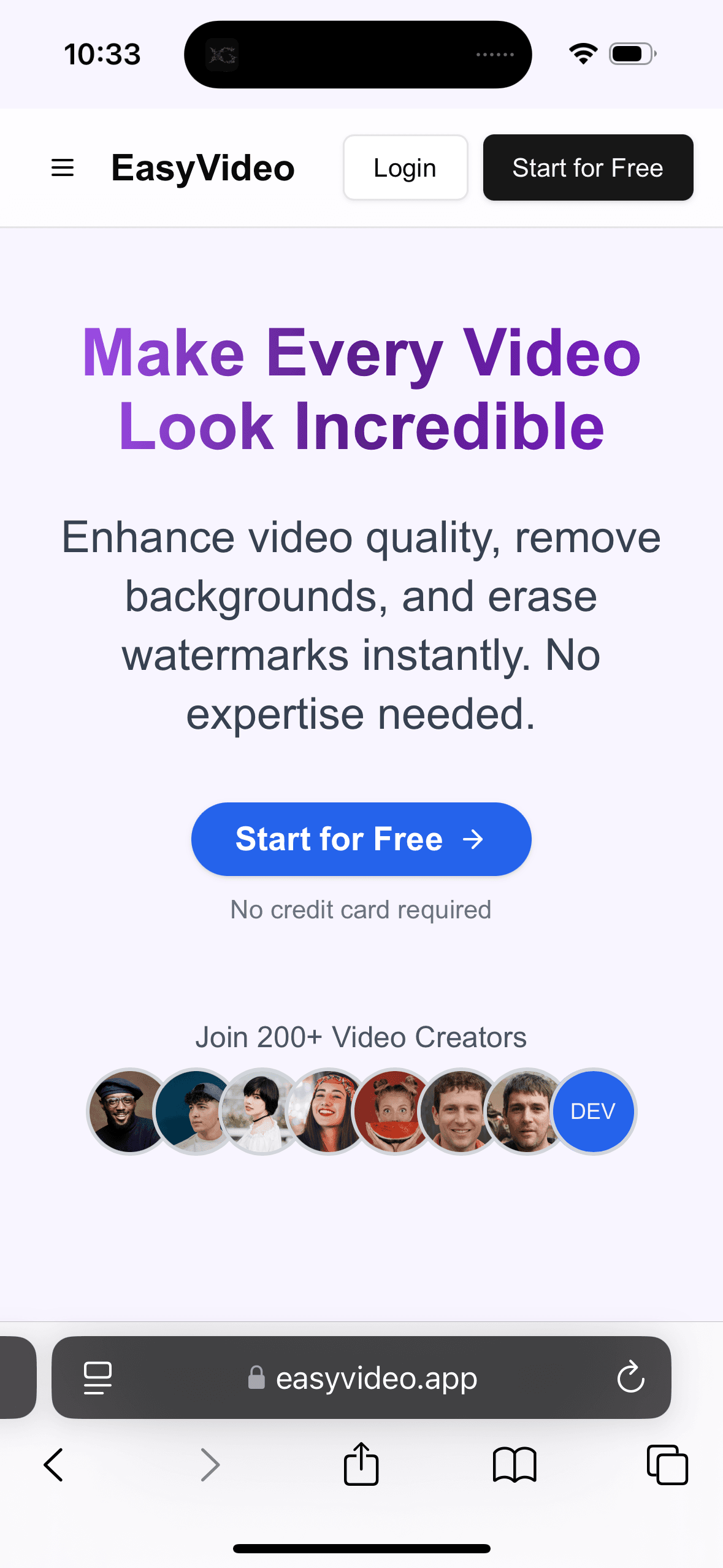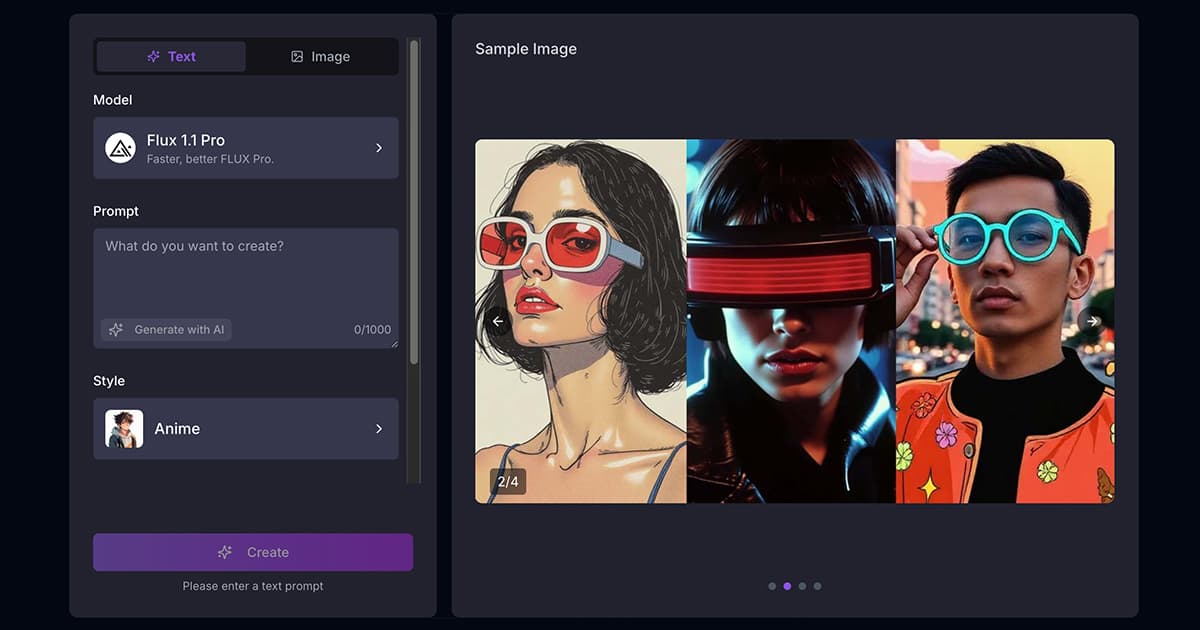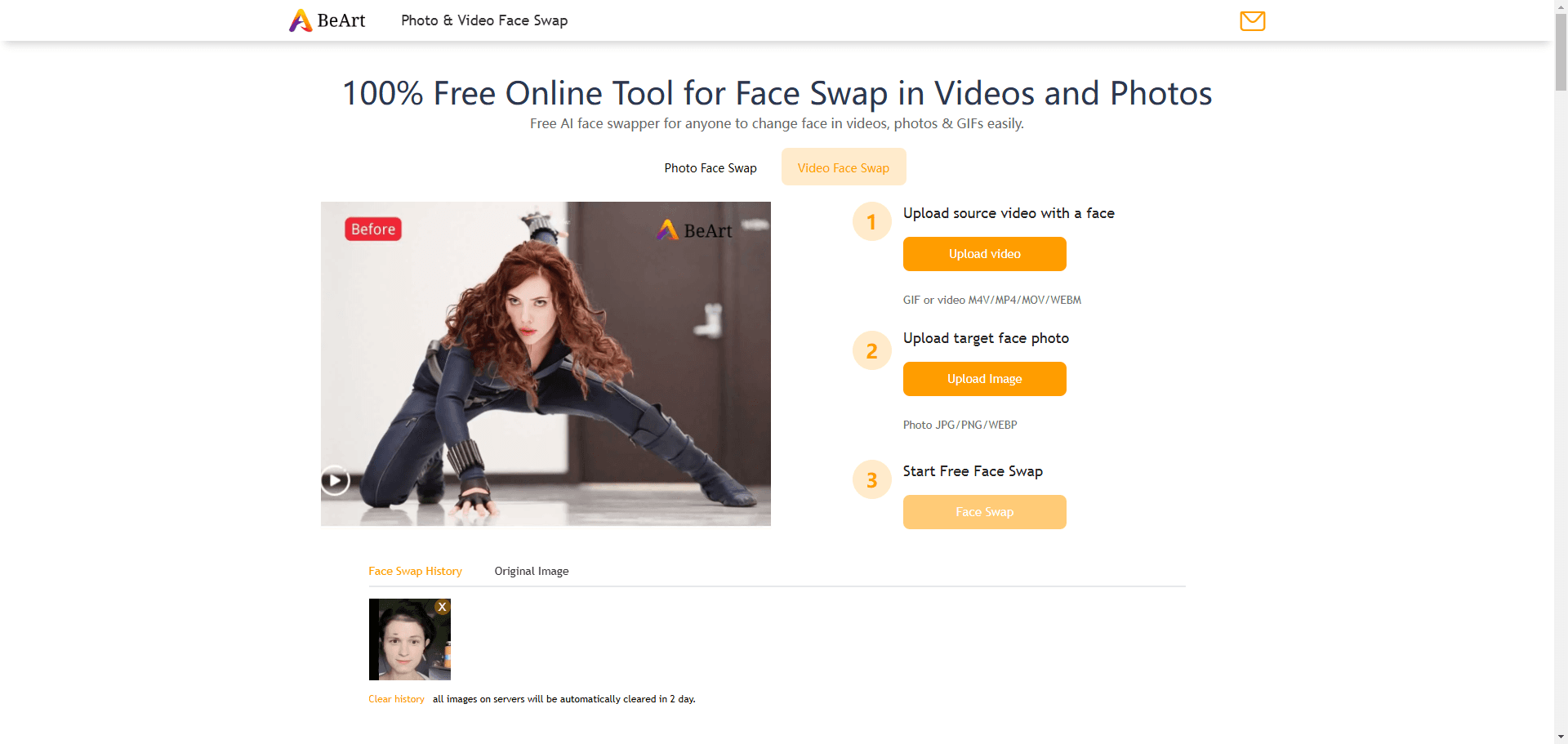Synthesia vs. Framepack AI
Synthesia
Super easy way to create videos using text prompts
Framepack AI
# Framepack AI: The Revolutionary AI Video Generation Model Framepack AI is a breakthrough neural network structure for AI video generation. It employs innovative "next frame prediction" technology combined with a unique fixed-length context compression mechanism, enabling users to generate high-quality, high-framerate (30fps) videos up to 120 seconds long with very low hardware barriers (requiring only consumer-grade NVIDIA GPUs with 6GB of VRAM). ## What Makes Framepack AI Unique? The core innovation of Framepack AI lies in its **fixed-length context compression** technology. In traditional video generation models, context length grows linearly with video duration, leading to a sharp increase in VRAM and computational resource demand. Framepack AI effectively solves this challenge by intelligently evaluating the importance of input frames and compressing this information into fixed-length context 'notes'. This significantly reduces the demand for VRAM and computational resou...
Reviews
Reviews
| Item | Votes | Upvote |
|---|---|---|
| No pros yet, would you like to add one? | ||
| Item | Votes | Upvote |
|---|---|---|
| No cons yet, would you like to add one? | ||
| Item | Votes | Upvote |
|---|---|---|
| No pros yet, would you like to add one? | ||
| Item | Votes | Upvote |
|---|---|---|
| No cons yet, would you like to add one? | ||
Frequently Asked Questions
Synthesia is designed for users looking for a straightforward way to create videos using text prompts, making it ideal for quick and easy video production. In contrast, Framepack AI offers advanced features like fixed-length context compression and minimal hardware requirements, allowing for high-quality video generation with lower resource demands. If you prioritize ease of use and speed, Synthesia may be better for you. However, if you need more control and quality in video generation, Framepack AI could be the superior choice.
Framepack AI is more suitable for high-quality video production due to its innovative technology that allows for the generation of high-framerate videos with minimal hardware requirements. It employs advanced techniques to maintain video quality over longer durations, making it a better choice for users who need professional-grade video output. Synthesia, while user-friendly, may not match the quality and flexibility offered by Framepack AI for more complex video projects.
Framepack AI requires a consumer-grade NVIDIA GPU with at least 6GB of VRAM, which is relatively accessible for many users. Synthesia does not specify hardware requirements, but it is generally designed to be user-friendly and may not require as advanced hardware as Framepack AI. Therefore, if hardware limitations are a concern, Framepack AI may be more demanding, while Synthesia could be more accommodating.
Synthesia is a platform that allows users to create videos using text prompts. It is designed to make video production easy and accessible by converting written text into video content.
The main features of Synthesia include the ability to create videos from text prompts, a user-friendly interface, and automated video generation. This makes it a convenient tool for creating video content quickly and efficiently.
Synthesia makes video creation extremely easy and accessible for users, even those with no prior video editing experience. However, as with any automated tool, the customization options might be limited compared to professional video editing software.
Synthesia can benefit a wide range of users, including marketers, educators, content creators, and anyone looking to generate video content quickly and easily without needing advanced video editing skills.
While Synthesia is great for creating quick and simple videos, it may not offer the level of customization and advanced features required for professional video production. It is best suited for creating straightforward video content efficiently.
Framepack AI is a revolutionary AI video generation model that utilizes a unique 'next frame prediction' technology along with fixed-length context compression. This allows users to create high-quality videos at 30 frames per second (fps) for up to 120 seconds, all while requiring only consumer-grade NVIDIA GPUs with 6GB of VRAM.
Key features of Framepack AI include fixed-length context compression to reduce VRAM requirements, minimal hardware requirements (NVIDIA RTX 30XX, 40XX, or 50XX series GPUs), efficient frame generation at approximately 2.5 seconds per frame, strong anti-drift capabilities for consistent video quality, support for multiple attention mechanisms, and being open-source and free.
Framepack AI requires an NVIDIA RTX 30XX, 40XX, or 50XX series GPU with at least 6GB of VRAM. It is compatible with both Windows and Linux operating systems and supports FP16 and BF16 data formats.
Framepack AI generates frames efficiently at approximately 2.5 seconds per frame on RTX 4090 desktop GPUs. With optimizations like teacache, this can be reduced to 1.5 seconds per frame, making the video generation process faster and more efficient.
Framepack AI was developed by Lvmin Zhang, the creator of ControlNet, and Maneesh Agrawala, a professor at Stanford University. It is a fully open-source project with its code and models available on GitHub.
You can download Framepack AI from its official GitHub repository. It can be used as a standalone application or integrated with platforms like ComfyUI. Additionally, the community has created a Framepack plugin for easy usage.



















